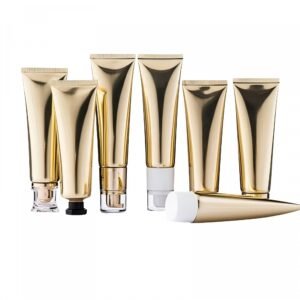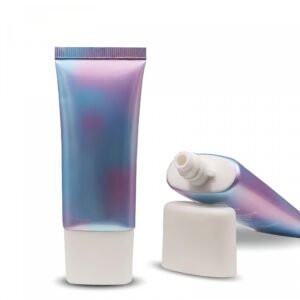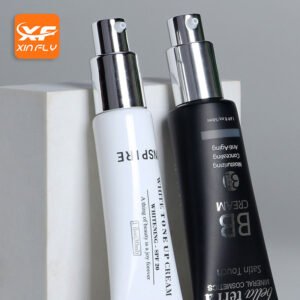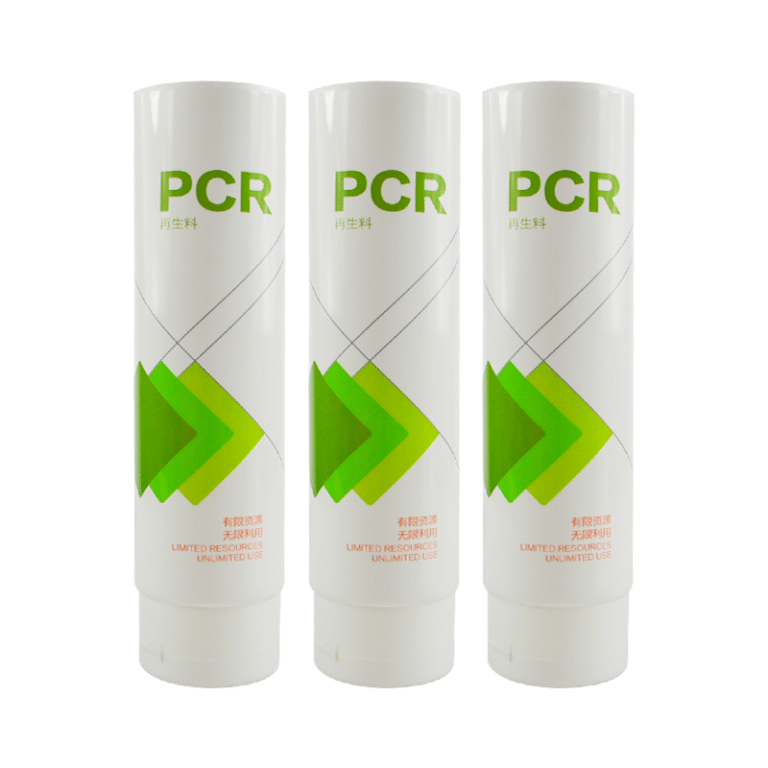What Sizes of Cosmetic Tubes Are – Complete Buyer’s Guide
Cosmetic tubes come in a wide range of sizes to suit different types of beauty and personal care products. From miniature tubes that fit easily into a purse to large, family-size containers, the size of a cosmetic tube plays a key role in a product’s success. Whether you’re launching a skincare line, marketing a travel-friendly lotion, or designing luxury cosmetic packaging, understanding available tube sizes helps you make the right choice for both functionality and branding.
Why Tube Size Matters in Cosmetics
Brand Perception and Packaging Aesthetics
The size of your cosmetic tube is part of your brand’s visual identity. A sleek, tall tube might convey luxury, while a small, colorful one can communicate convenience and portability. Consumers often judge product value by packaging size and appearance before even trying the contents.
Product Functionality and Dispensing Control
A mismatched size can affect user experience. For example, a thick cream in a tiny nozzle tube might frustrate users, while a runny serum in a large, wide-mouthed tube could lead to waste. Choosing the right size ensures proper dispensing and minimal mess.
Regulatory and Labeling Requirements
In many regions, packaging must meet specific labeling standards. If your tube is too small, fitting all required information (ingredients, usage instructions, safety warnings) can be difficult. Larger tubes allow more space for branding and compliance details.
Common Cosmetic Tube Size Ranges
Cosmetic tube sizes are usually measured in milliliters (ml), though ounces are sometimes used in certain markets.
Mini Cosmetic Tubes (3–10 ml)
Perfect for sample products, travel kits, and single-use treatments, these tiny tubes are lightweight and easy to carry. Common for lip balms, eye creams, and travel-size lotions.
Small Tubes (15–30 ml)
Popular for premium skincare and specialized treatments such as serums, face masks, and under-eye gels. Small tubes make products feel exclusive and ideal for high-value formulations.
Medium Tubes (40–75 ml)
A go-to size for daily skincare products like moisturizers, cleansers, and sunscreens. They strike a balance between portability and product longevity.
Large Tubes (100–250 ml)
Often used for body lotions, hair conditioners, and family-size creams. They are economical for consumers but require sturdier materials to maintain durability.
Standard Cosmetic Tube Diameters
The tube’s diameter determines how it feels in the hand and how much product is dispensed per squeeze.
Slim Tubes
Great for eye creams, concealers, and targeted treatments. They give precision and minimize wastage.
Standard Tubes
Ideal for most face creams, cleansers, and gels. The most common choice in the cosmetics industry.
Wide Tubes
Perfect for thick formulations like body butter or exfoliating scrubs, allowing users to access more product quickly.
Material Choices Affecting Tube Sizes
The type of material used for cosmetic tubes can influence the range of sizes available, durability, and overall feel.
Plastic Cosmetic Tubes
Plastic tubes, typically made from polyethylene (PE) or polypropylene (PP), dominate the cosmetic packaging market.
- Advantages: Lightweight, flexible, cost-effective, and suitable for a wide range of sizes from 3 ml to over 250 ml.
- Common Uses: Face creams, sunscreens, shampoos, and body lotions.
- Design Flexibility: Can be transparent, opaque, or colored; supports custom printing and labeling.
Aluminum Cosmetic Tubes
Aluminum tubes offer a premium look and exceptional protection from light, air, and moisture.
- Advantages: Non-reactive, perfect for sensitive formulas, recyclable.
- Limitations: Generally smaller in size (5 ml to 150 ml) due to structural considerations.
- Common Uses: Ointments, premium hand creams, specialty skincare products.
Eco-Friendly & Biodegradable Tubes
Sustainability trends are driving the growth of compostable or biodegradable cosmetic tubes.
- Advantages: Environmentally responsible, brand-friendly for green-conscious customers.
- Size Impact: Often available in standard small to medium sizes (15 ml to 75 ml) due to material durability limits.
- Common Uses: Natural skincare lines, organic cosmetics, and eco-friendly toothpaste.
Shapes and Structures That Impact Size
The shape of a cosmetic tube affects how much product it can hold and how it’s perceived.
Round Tubes
The most traditional and widely available shape.
- Advantages: Fits well in hand, easy to produce in all sizes.
- Sizes Available: 3 ml to 250 ml.
Oval Tubes
Offer a sleek, upscale appearance.
- Advantages: Stand out on retail shelves, ideal for premium products.
- Sizes Available: Typically 10 ml to 150 ml due to manufacturing complexity.
Specialty-Shaped Tubes
Custom shapes such as square, triangular, or uniquely contoured tubes.
- Advantages: Enhance brand identity and uniqueness.
- Sizes Available: Usually in small to medium ranges due to mold cost and production limitations.
Choosing the Right Tube Size for Your Product
Selecting a tube size involves more than just filling capacity — it’s about user experience and brand positioning.
Travel-Size vs. Full-Size Packaging
Travel-size tubes (under 50 ml) are perfect for airport security compliance, trial runs, or seasonal promotions.
Full-size tubes (75 ml to 250 ml) cater to regular home use and offer better value for frequent buyers.
Consumer Usage Patterns
If a product is used daily, a larger tube ensures fewer repurchases and greater convenience.
If it’s a high-end treatment used sparingly, a smaller tube keeps it fresh and exclusive.
Retail & E-commerce Considerations
- Retail Shelves: Larger tubes can create strong visual impact.
- E-commerce: Smaller, lighter tubes reduce shipping costs and environmental footprint.
Custom Tube Sizes and Branding Opportunities
Brands often create custom tube sizes to stand out. For example, a 42 ml face wash might sound unique compared to standard 50 ml options.
- Benefits: Differentiation, exclusivity, brand memorability.
- Challenges: Higher production costs, longer lead times.
Cost Implications of Different Tube Sizes
Size affects cost in multiple ways:
- Material Usage: Larger tubes require more raw material.
- Shipping & Storage: Bigger sizes increase freight costs.
- Minimum Order Quantities: Custom large sizes may have higher order minimums.
Environmental Considerations
Choosing the right size can reduce packaging waste and improve sustainability.
- Refillable tubes allow customers to reuse the same container.
- Right-sizing ensures you’re not selling oversized packages that lead to product waste.
Industry Standards & Guidelines for Tube Sizes
- Cosmetic Regulation Bodies (like FDA in the US, EU Cosmetic Regulation 1223/2009) don’t dictate exact tube sizes but do influence labeling space requirements.
- Industry norms dictate that products like lip balms rarely exceed 15 ml, while body lotions commonly start at 100 ml.
Future Trends in Cosmetic Tube Sizing
- Mini-size boom due to subscription boxes and travel beauty kits.
- Refillable tube systems to cut down on single-use plastic.
- Hybrid packaging that combines tube and pump for precision dosing.
FAQs on Cosmetic Tube Sizes
Q1: What’s the smallest cosmetic tube size available?
A: Mini tubes as small as 3 ml are available, typically for samples.
Q2: What size is best for travel cosmetics?
A: 50 ml or less meets most airline carry-on liquid regulations.
Q3: Can I get a custom tube size?
A: Yes, but expect higher costs and longer lead times for unique dimensions.
Q4: Are there standard tube sizes in the industry?
A: While there’s no strict standard, common ranges are 15 ml, 30 ml, 50 ml, 75 ml, 100 ml, and 150 ml.
Q5: How do I decide between a small or large tube?
A: Consider product type, usage frequency, and your target customer’s buying habits.
Q6: Are larger tubes packaging more eco-friendly?
A: Not always — smaller tubes reduce product waste, while larger ones reduce packaging waste. Balance is key.
Conclusion
Understanding what sizes of cosmetic tubes are available — and how each option impacts branding, functionality, cost, and sustainability — is vital for any cosmetic brand. Whether you choose a petite 15 ml sample tube or a 250 ml family-size lotion container, the decision should align with your brand’s image, customer preferences, and market positioning.
Cosmetic Tube Sizes, Diameters & Common Uses
| Tube Size (ml) | Diameter (mm) | Typical Product Uses | Notes |
|---|---|---|---|
| 3–5 ml | 10–12 mm | Samples, single-use creams, lip gloss testers | Ultra-portable, perfect for promotional giveaways |
| 10 ml | 16 mm 19mm | Eye creams, lip balms, concentrated serums | Often with precision applicators |
| 15 ml | 19 mm | Spot treatments, travel-size skincare | Fits well in travel kits |
| 20 ml | 22 mm | Hand creams, small sunscreen tubes | Ideal for pocket carry |
| 30 ml | 25 mm | Facial moisturizers, exfoliating gels | Common trial size |
| 40 ml | 30 mm | BB creams, light lotions | Balanced travel/home use |
| 50 ml | 35 mm | Sunscreens, foundation creams | Meets airline carry-on limit |
| 60 ml | 35 mm | Hair serums, leave-in conditioners | Good for mid-size retail |
| 75 ml | 35 mm | Daily face wash, body lotions | Popular for premium skincare |
| 100 ml | 40 mm | Body lotion, face cleansers | Standard full-size retail |
| 150 ml | 45 mm | Body scrubs, shower gels | Larger, more economical |
| 200 ml | 50 mm | Family-size body creams, shampoos | Requires sturdier walls |
| 250 ml | 50 mm | Hair conditioners, bulk lotions | Large retail or professional salon use |
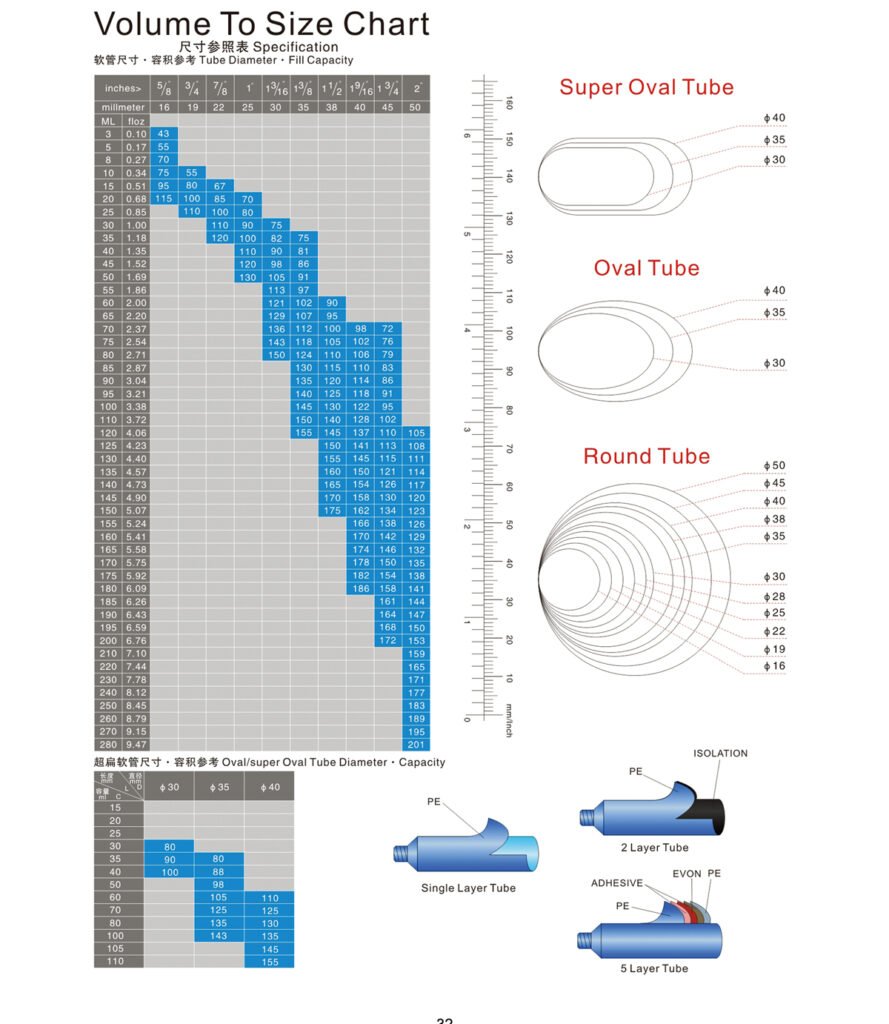
✅ Pro Tip: If your product is high-value and used sparingly (like anti-aging serum), smaller tubes create a premium perception and reduce waste. For daily-use products, medium to large sizes work best for customer convenience.
If you need to know more details about Cosmetic Tubes.You can contact us ,we ,Jiangsu Xinfly Packaging Co.,Ltd, are a professional factory producing cosmetic tubes with more than 20 years of production experience.
JIANGSU XINFLY PACKAGING CO.,LTD
One-stop Cosmetic Tube Packaging Solutions
- ADD:No.7 Xinyuan Road,Hangji Town ,Yangzhou City,P.R.China
- Tel:+86-18952591688
- Whatsapp:+86-18952591688
- Website: www.cosmetic-tubes.com
- Email: info@cosmetic-tubes.com



